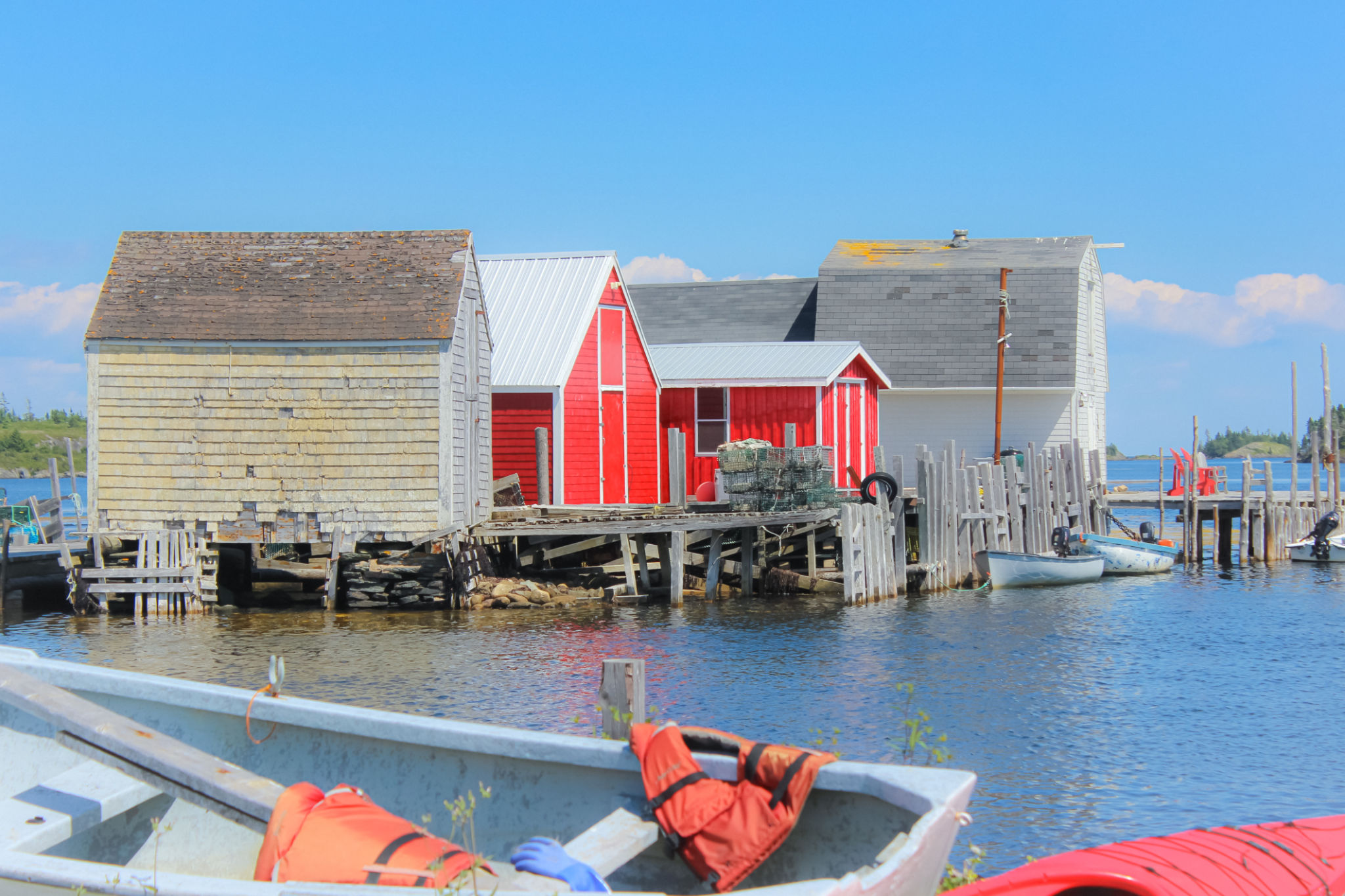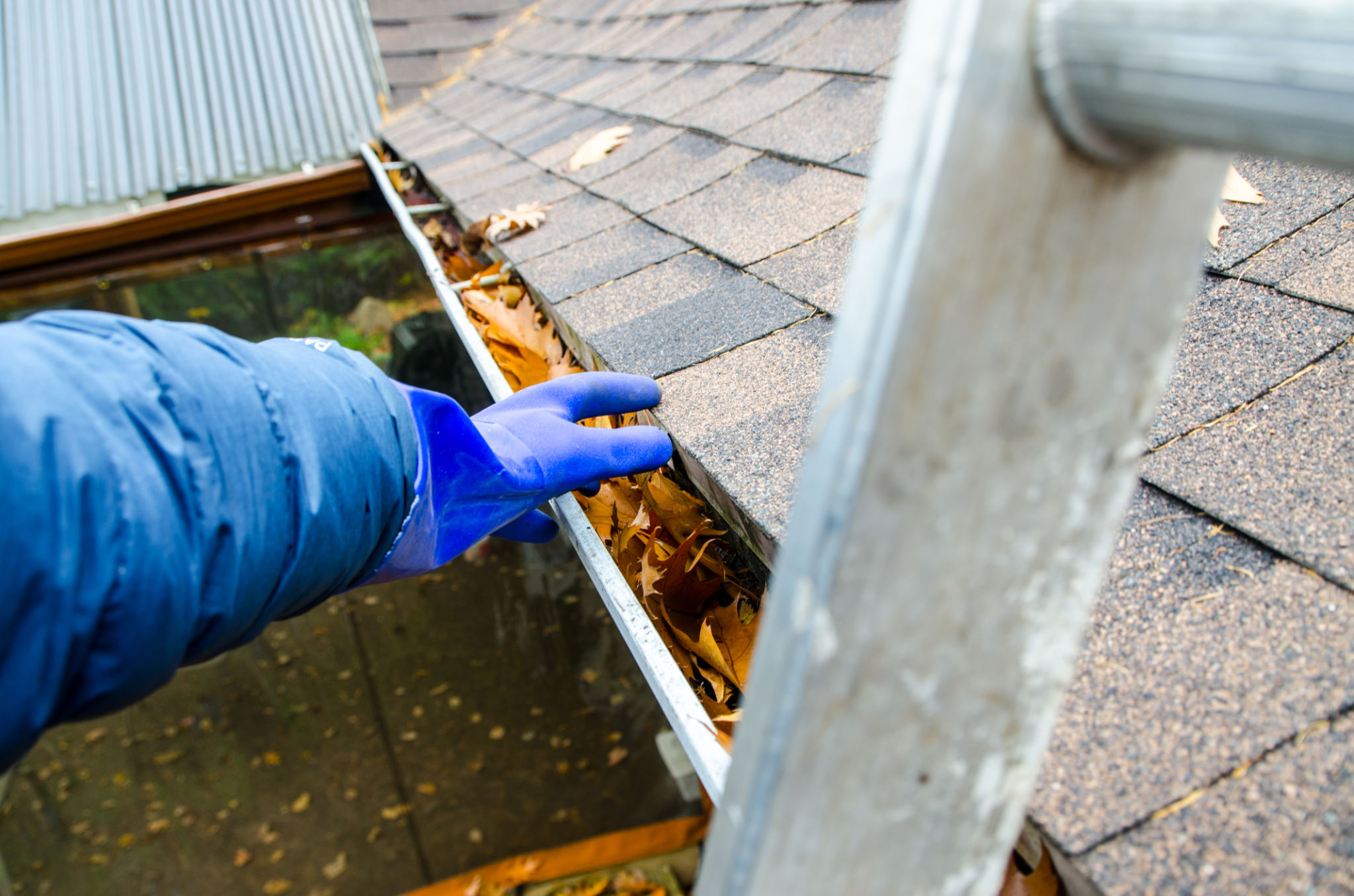DIY Roof Inspection Tips for Barossa Homeowners
Understanding the Importance of Roof Inspections
For homeowners in the Barossa Valley, maintaining the integrity of your roof is crucial, especially given the region's varying weather conditions. Regular roof inspections can help identify potential issues before they become significant problems. By conducting a DIY roof inspection, you can save money and ensure your home remains safe and secure.
While professional inspections are recommended annually, knowing how to perform a basic check yourself can be beneficial. In this post, we'll guide you through some essential DIY roof inspection tips tailored for Barossa homeowners.

Safety First: Preparing for Your Roof Inspection
Before starting any roof inspection, prioritizing safety is essential. Ensure you have the right equipment, including a sturdy ladder, safety harness, and slip-resistant shoes. Never attempt a roof inspection during wet or windy conditions, as this can increase the risk of accidents.
If you're uncomfortable with heights or unsure about any aspect of the inspection, it's best to consult a professional. Safety should always be your top priority when dealing with roof maintenance and inspections.
Essential Tools and Equipment
- Sturdy ladder
- Safety harness
- Slip-resistant shoes
- Binoculars for distant viewing
- Notebook and camera for documentation

Inspecting Roof Shingles and Tiles
Once you're safely on the roof, begin by inspecting the shingles or tiles. Look for any signs of damage such as cracks, curling, or missing pieces. These issues can lead to leaks and require prompt attention. In the Barossa region, where weather can fluctuate, ensuring your roof is in top condition is vital.
If you notice any damaged or missing shingles, consider making temporary repairs until you can arrange for a professional to assess and fix them permanently. Keeping your roof well-maintained will extend its lifespan and protect your home from water damage.
Checking for Moss and Algae
Moss and algae growth are common issues on roofs, particularly in areas with high humidity like Barossa. While they may seem harmless, they can trap moisture against your roof's surface, leading to premature deterioration. During your inspection, look for any green or black discoloration on your roof.

Assessing Gutters and Downspouts
Your gutters and downspouts play a crucial role in directing water away from your home. During your inspection, ensure that these elements are clear of debris such as leaves, twigs, or dirt. Clogged gutters can cause water to back up and seep under your roofing materials, causing damage.
Check for any signs of rust or damage to the gutters themselves. If you find issues like sagging or leaks, it might be time to replace them. Regular maintenance of these components will help prevent water damage to both your roof and home's foundation.
Documenting Your Findings
As you conduct your inspection, it's helpful to document any findings with photos and notes. This record can be invaluable when consulting with a professional roofer or planning future repairs. Use a camera or smartphone to capture images of any areas of concern.

Conclusion: Regular Maintenance Pays Off
Performing regular DIY roof inspections is a proactive way to maintain your Barossa home's integrity. By identifying issues early and addressing them promptly, you can avoid costly repairs down the line. Remember always to prioritize safety and seek professional advice when needed.
By following these tips and maintaining a regular inspection schedule, you'll ensure that your home's roof continues to protect you and your family for years to come.
